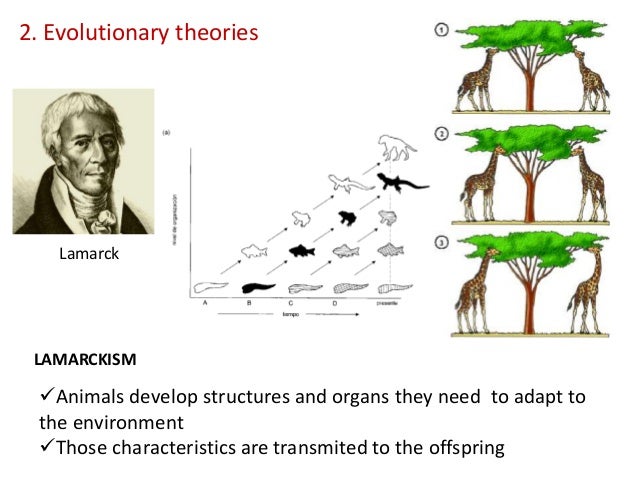
After the slow-rolling phase the field Φ falls rapidly into the minimum at Φ 0 and there undergoes oscillations: while this happens there is a rapid liberation of energy which was trapped in the term V V(Φ f T f ), i.e.

This also solves the monopole problem (and also the problem of domain walls, if they are predicted) because any defects formed during the transition will be drastically diluted as the Universe expands so that their present density will be negligible.
Origin and evolution of life pdf Patch#
The initial region is expanded by such a large factor that it encompasses our present observable Universe.īecause of the large expansion, the patch we have been following also becomes practically devoid of particles. If this number is su ciently large, the horizon and flatness problems can be solved. The number of e-foldings of the inflationary expansion during the interval (t i, t f ) depends on the potential: This e ect is, in fact, a general property of inflationary universes and it is described by the so-called cosmic no-hair theorem. This region expands by an enormous factor in a very short time τ any inhomogeneity and anisotropy present at the initial time will be smoothed out so that the region loses all memory of its initial structure. Let us now fix our attention upon one such region, which has dimensions of order 1 /H(t b ) at the start of the slow-rolling phase and is therefore causally connected. Which is of order 10 − 34 s in typical models. Phase, this equation has the de Sitter universe solution One can therefore assume that Equation (7.10.3 a) is thenĬonst. The expansion rapidly causes ρ and K/a 2 to become negligible with respect to ρ Φ, which is varying slowly. In this case the evolution of the patch is described byĮquation (7.10.3 a). Let us assume that such a region, initially trapped in the false vacuum phase, is su ciently homogeneous and isotropic to be described by a Robertson–Walker metric. Let us consider potentials which have a large interval (Φ i, Φ f ) with Φ b T c which can eventually cool below T c before any gravitational recollapse can occur. This equation is similar to that describing a ball moving under the action of the force −∂V/∂Φ against a source of friction described by the viscosity term proportional to 3 a/a˙ in the usual language, one talks of the Φ field ‘rolling down’ the potential towards the minimum at Φ 0. The evolution of Φ is obtained from the equation of motion for a scalar field: The energy–momentum tensor of the whole system, T ij, also contains, in addition to terms due to the Φ field, terms corresponding to interacting particles, which can be interpreted as thermal excitations above the minimum of the potential, with an energy density ρ and pressure p in this period we have p = ρ/3. One such region (bubble or domain) eventually ends up including our local patch of the Universe. If the transition is second order, one generates domains rather than bubbles, like the Weiss domains in a ferromagnet.

If the potential is such that the transition is first order (as in Figure 7.2), the new phase appears as bubbles nucleating within the false vacuum background these then grow and coalesce so as to fill space with the new phase when the transition is complete.

The dynamics of this process depends on the shape of the potential. Let us indicate by Φ b the value assumed by the order parameter at this event. The author writes for the computer competent reader who is interested in evolution and the origins of life.Shift the Φ field over the barrier and down into the true vacuum. He discusses how these tools for measuring the information in the sequences of the genome and the proteome are essential for our complete understanding of the nature and origin of life. George Gamow pointed out that the application of Shannon's information theory breaks genetics and molecular biology out of the descriptive mode into the quantitative mode and Dr Yockey develops this theme, discussing how information theory and coding theory can be applied to molecular biology. The genetical information system, because it is linear and digital, resembles the algorithmic language of computers. Originally published in 2005, Information Theory, Evolution and the Origin of Life presents an introduction to the use of information theory and coding theory in molecular biology.


 0 kommentar(er)
0 kommentar(er)
